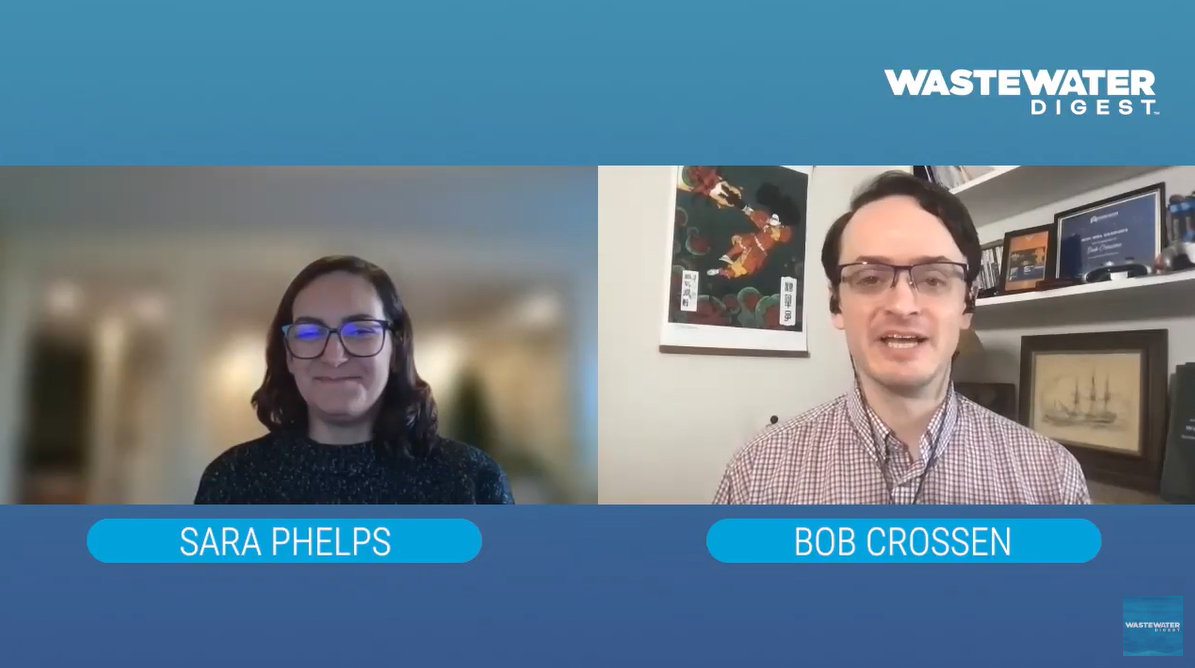This year’s State of Online Payments report shows digital billing and payment options continue to gain momentum in all sectors, including water, sewer, and storm water. The question becomes: how can water systems accommodate the needs of all customers, those who have digital preferences and otherwise?
Sara Phelps, Head of Payments Strategy for InvoiceCloud, sat down with Wastewater Digest to explore InvoiceCloud’s latest research on digital billing and payments, growing trends in how customers pay digitally, and what this means for water and wastewater utilities.
Learnings for Water Systems
Bob Crossen: Hey everyone, it’s Bob Crossen. I’m the Editorial Director of Wastewater Digest and I’m joined today by Sara Phelps. She’s the Head of Payments Strategy at InvoiceCloud, and they’ve conducted a survey of online payers and produced a report about it. So, we’re going to learn about that for a little bit and how it matters for you as a water or wastewater professional. Sara thank you so much for your time today, we appreciate you joining us.
Sara Phelps: My pleasure, thanks for having me on.
Crossen: Why don’t we start with a little context so we know who actually took this survey.
Phelps: Yes. We’ve been doing this survey for the past few years and it captures about 2,00o — actually 2,001 — U.S. adults who broadly represent the U.S. population based on age, gender, household income, and region. So, it’s just a good representation of everyone in the community.
Crossen: And what were some of the key findings from the report? Obviously, that’s a lot of responses, so you have some pretty darn good data.
Phelps: Wow, yeah, that’s a loaded question. I think we could probably spend the entire hour looking at the key findings but — mobile devices. Mobile devices continue to be the favorite way for bill payment in the past 12 months, it’s the top channel Americans prefer to make bill payments on. And the reason for it, of course, is the flexibility, the convenience, and the speed of it.
Another finding was that debit cards and credit cards are the top two ways Americans like to pay their bills. And paperless — over two thirds of Americans are enrolled in paperless for all or more than half of their recurring bills. For those not enrolled in paperless billing, “preferring to receive a paper bill” or “no option to enroll” are reasons why not.
Crossen: So a lot of mobility and convenience factor, but then also very digital-oriented with debit and credit preferences. You don’t have to use stamps and envelopes as much any more.
Phelps: Yes, but you will be surprised, too. Every time we’ve run this survey I’ve been shocked by the “not” portion of the survey. Those who don’t and why. I always find that more fascinating than those that adopt digital options. By default, I expect people (especially after COVID) to just adopt digital payments. But there will always a population that does not.
Crossen: When you look at these findings through the lens of a water or wastewater professional or utility who is accepting payments from customers, what kind of things are you applying to that? How does this data inform the way that those systems or utilities should look at their payment options for customers?
Phelps: InvoiceCloud, as third-party service provider, works with our customers to understand their population, and the population can explain a lot about the [payment] behavior. Why they chose the methods they’re choosing, why they have the preferences they do. By understanding the reasoning, you can overcome the obstacles. For example, we do work with a utility provider that is specialized with distressed utilities. Just by that simple fact, you understand that there is a large community that is underbanked. They don’t have access to digital payments, may not have access to the internet, and may not have access to banking, let alone cards. So understanding that allows us to offer the utility an alternative for that community and that base of bill payers. Again, to provide an example, we utilize PayPal as a partner and payment method. PayPal allows you to go to a store and load your PayPal balance with cash, which allows you to make a digital payment even if you don’t have a bank account or card, whether its debit or credit. Understanding the community, understanding the reason and the choices allows us to find a way to overcome, and better help service providers and their constituents.
For more insights water systems can use from the State of Online Payments report, watch the full interview on Wastewater Digest.

